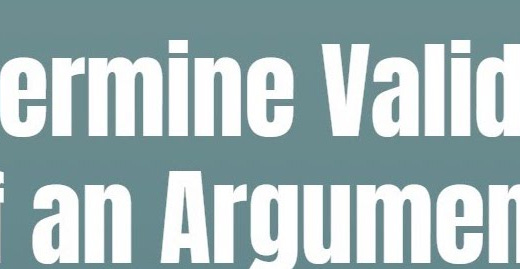Alola, KidLokers! Let’s get right into some definitions that are used in the standard use of proofs-
argument- an example of reasoning in which certain statements (premises) are used to offer support or evidence for another statement (conclusion).
premise- the statement used to support an argument; what you assume to be true
conclusion- the end goal of an argument; what is being supported
validity- an argument is valid if:
the truth of its premises logically guarantees the truth of the conclusion
The conclusion must be true if it is assumed that the premises are true
It is impossible for the conclusion to be false while all the premise are true
The conclusion can be deduced from the premises by following certain rules
soundness- when the argument’s premises are realistically true and their reasoning is valid.
Examples:
1. Invalid-Unsound
Premises:
Cats are mammals
Dogs are mammals
Conclusion:
Cats are dogs
This argument is invalid and unsound, because using the venn method we cannot conclude this. It is unsound because Cats can never be Dogs.
2. Valid-Sound
Premises:
Cats are mammals
Tigers are cats
Conclusion:
Tigers are mammals
This argument is valid and sound, because using the venn method we can conclude this. It is sound because the entire argument is valid and realistically true.
3. Valid-Unsound
Premises:
Dogs are cats
Cats are birds
Conclusion:
Dogs are birds
This argument is valid and unsound, because using the venn method we can conclude this. However, it is unsound because the entire argument is valid but realistically false.
I hope you all can sort of understand the above. Don’t worry, in the next post we will go over truth tables, a very logical way to solve these situations. Sayonara!


